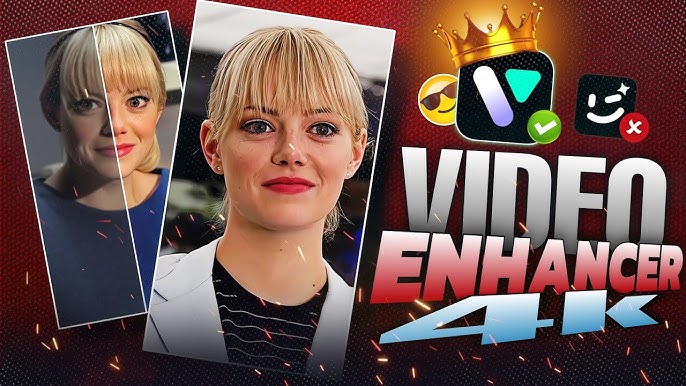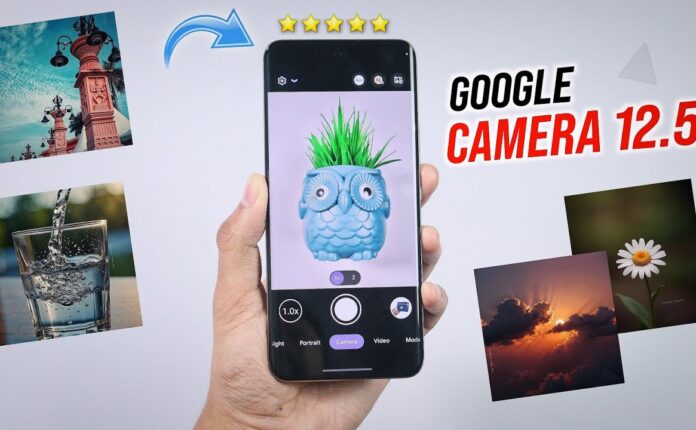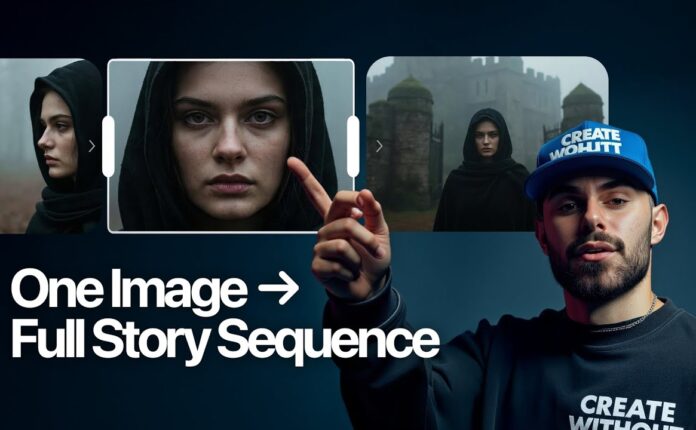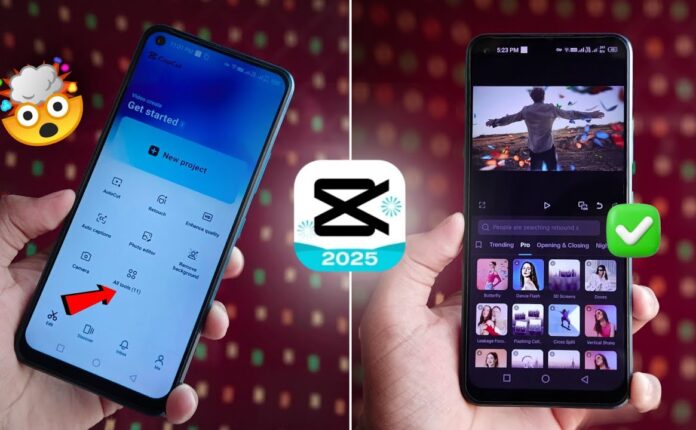In an age saturated with digital media, the appetite for ultra-fine visual fidelity has crescendoed to a thunderous pitch. The contemporary crown jewel of resolution—4K—is not merely a luxury but an expectation. Even as 4K-capable apparatuses become more attainable, a vast archive of legacy content remains mired in lower resolutions. Enter the new vanguard of AI-powered video enhancer applications, bridging this technological chasm with uncanny prowess.
The Imperative of 4K Resolution
4K UHD (3840 x 2160 pixels) outshines Full HD by quadrupling the pixel count, rendering scenes with intricacies previously lost to compression and inferior optics. This enhanced granularity is most discernible on expansive displays—TVs, monitors, and next-gen handhelds that demand nothing less than cinematic crispness.
As audiences grow insatiable for pristine visuals, the power to transmute pedestrian-quality footage into breathtaking 4K becomes a potent tool—for digital storytellers, marketers, educators, and even nostalgic hobbyists.
The Alchemy Behind 4K Upscaling Tools
These avant-garde applications wield sophisticated machine learning models—schooled on thousands of video sequences—to intuitively infuse lower-resolution footage with synthetic yet convincingly detailed pixels. They do not merely stretch the frame—they breathe dimensionality into it.
The Process Simplified:
-
Resolution Expansion: Pixel grids are densified, elevating a humble 720p or 1080p video to 4K clarity.
-
Texture Reconstruction: Missing surface nuances—skin pores, foliage patterns, architectural flourishes—are conjured algorithmically.
-
Noise Nullification: Grain, motion blur, and digital haze are meticulously stripped away.
-
Chromatic Elevation: Tonal imbalances are corrected, hues are intensified, and shadows acquire new depth.
For a detailed breakdown of how AI upscaling works, refer to NVIDIA’s Deep Learning Super Sampling (DLSS).
Exemplar Tools That Elevate Visuals Beyond Expectation
-
Topaz Video Enhance AI
Revered among archivists and creatives alike, Topaz’s AI suite can extrapolate ultra-fidelity visuals from pixelated source material. Ideal for reviving decayed home movies or low-res footage.
🔗 Visit Topaz Labs -
Adobe Premiere Pro
Adobe’s Super Resolution feature employs advanced interpolation to elevate footage quality with minimal artifacting. Although it demands a learning curve, the suite’s versatility is unmatched.
🔗 Explore Adobe Premiere Pro -
Wondershare Filmora
Perfect for casual editors, Filmora delivers a simplified 4K enhancement process without sacrificing artistic tools or intuitive navigation.
🔗 Try Filmora -
Avidemux
This open-source stalwart offers basic upscaling with codec-rich export options. While it lacks AI pizzazz, its simplicity makes it a dependable starting point.
🔗 Get Avidemux -
DVDFab Enlarger AI
Claiming up to 300% resolution amplification, DVDFab’s tool handles nearly all major video formats, making it a preferred choice for both hobbyists and professionals.
🔗 Discover DVDFab AI
Why Embrace 4K Enhancement Apps?
-
Visual Renaissance: Transform modest recordings into visual marvels with amplified sharpness, vibrant hues, and cinematic polish.
-
Legacy Revival: Old VHS tapes and standard-definition recordings can be resuscitated into stunning modern renderings.
-
Viewer Engagement: Whether for YouTube, OTT platforms, or personal collections, crisp visuals hold attention longer and communicate with greater impact.
-
Professional Leverage: Content creators gain a competitive edge by meeting (or exceeding) audience resolution expectations without reinvesting in costly 4K equipment.
-
Device Adaptability: Upscaled 4K content aligns perfectly with current-gen devices—ensuring seamless playback across TVs, smartphones, and streaming services.
Caveats & Considerations
-
Hardware Heaviness: These applications demand substantial computational torque. Users with older hardware may face sluggish render times or app crashes.
-
Authenticity Dilution: Though AI can fabricate convincing details, it cannot resurrect the soul of original high-resolution footage. Expect some interpretive artifacts.
-
Temporal Taxation: High-fidelity upscaling is not instantaneous; large files could take hours depending on system specs.
Spotlight: Wink Video — A Paradigm in Real-Time Enhancement
Wink Video exemplifies what happens when real-time communication collides with intelligent video manipulation. It’s more than just a conferencing app—it’s a virtual stage manager.
Wink’s Standout Features:
-
Elite Video-Audio Pairing: With dynamic bandwidth optimization, Wink delivers crystalline clarity in both sight and sound.
-
AI-Enhanced Call Quality: From background noise suppression to dynamic lighting adjustments, AI refines every pixel in real time.
-
Collaborative Capacities: Intuitive screen sharing transforms mundane calls into productive strategy sessions or impactful digital classrooms.
-
Customizable Video Spaces: Whether you’re cloaking your background in a serene beach or polished boardroom, Wink adapts.
-
Rock-Solid Privacy: Military-grade encryption and optional 2FA keep your interactions unassailable.
-
Cross-Device Harmony: From iPhones to Linux desktops, Wink ensures communication continuity.
-
Mass Participation Mode: Ideal for webinars and broadcasts, letting one voice reach a digital auditorium.
Why Choose Wink?
-
Elevated UX: A fluid interface makes even novice users feel like virtual pros.
-
Productivity Enabler: Enhanced collaboration tools make geographic boundaries obsolete.
-
Broad Applicability: From family Zoom reunions to corporate webinars—Wink adapts.
-
Budget-Friendly Brilliance: Access high-quality video communication without hemorrhaging cash.
Glimpse Into Wink’s Tomorrow
The platform continues evolving, with whispers of upcoming smarter AI integrations, deeper third-party sync, and context-aware personalization. As our virtual interactions deepen, Wink could very well become the central nervous system of professional and personal communication.



